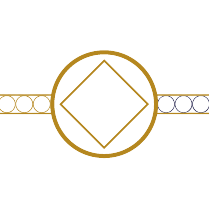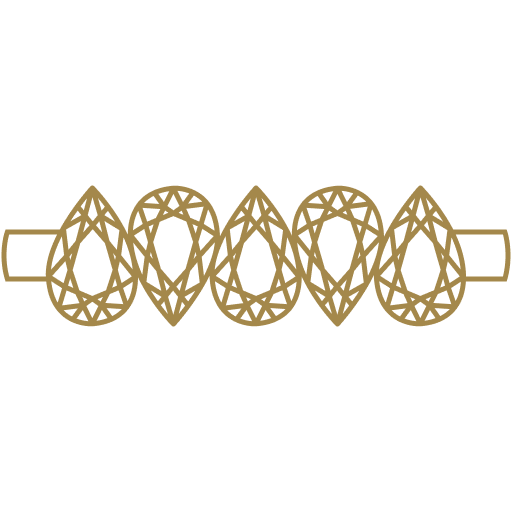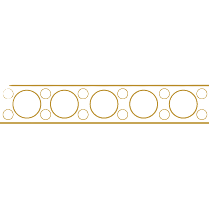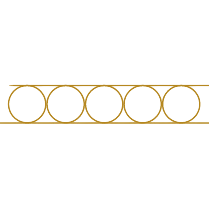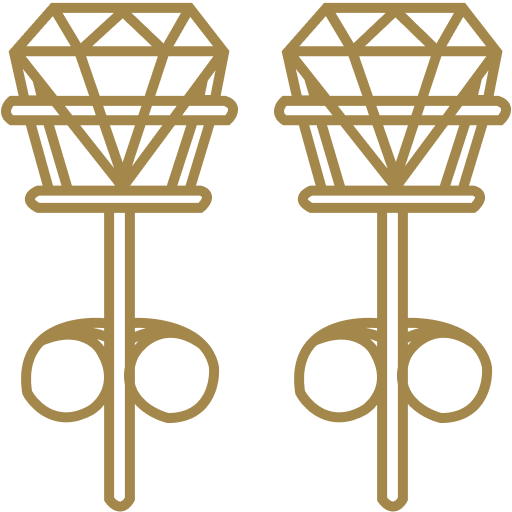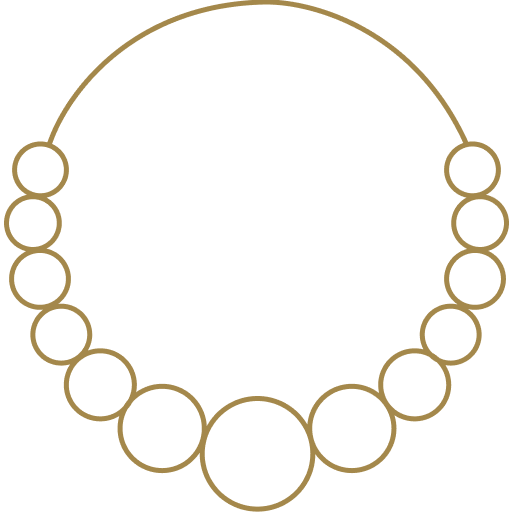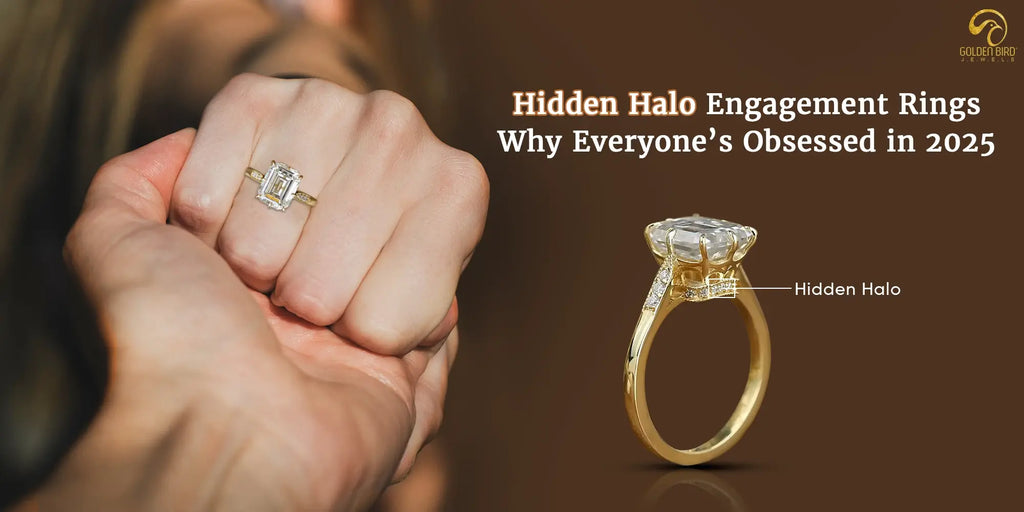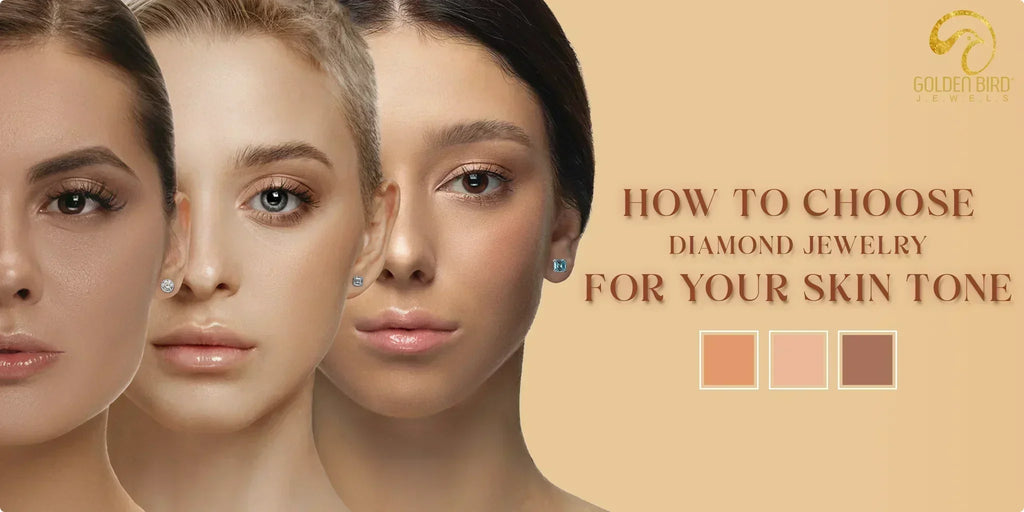Gold Karats: Learn Important Lessons About Different Karats Of Gold
It is a jewelry store, and you are well surrounded with glistering light in pieces of gold that are of high value when suddenly out of nowhere, questions hit the mind: So what is the difference between all these karats?Do you ever ask which of the types of gold is right for your lifestyle or the next investment you are going to make? Well, you're in the right place because I've found myself numerous times wondering what makes 24k gold different from 14k gold, or if 10k is tough enough to be worn daily and much more.
Once you understand gold, it opens up so many new paths of possibilities-be it trying to find that perfect engagement ring, an heirloom-worthy necklace, or the curiosity over the value of gold for their investments.

Today, we are going to dive into the wonderful region of gold and break your head around the differences between 10k, 14k, 18k, 20k, 22k, and 24k gold. We are talking about their unique compositions through how each shines differently on your skin so that you learn everything there is to make it easier for you to choose which gold for any occasion. Ready? Let's begin on your golden journey!
Table of Contents
▼What is a Karat?
To talk about the different types of gold, it is crucial to know what a karat is. In this context, 'karat' (abbreviated as 'k') refers to gold purity. Pure gold is very soft, so it is typically alloyed with other metals to make it stronger and more useful for everyday use. The karat system represents how many parts out of 24 are pure gold. For example, 24k gold is 100% gold; whereas 18k gold is 75% gold and the rest 25% other metals.
Why Different Gold Karats?
There are different gold karats to strike a balance among strength, color, and cost. Pure 24k gold is far too soft for use in daily life so other metals are mixed with the gold to give it strength and longevity. 10k gold is economical, durable enough for use on a daily basis, but less so in beauty; 14k and 18k are found in a mix of beauty and toughness, which makes them popular for fine jewelry. Higher karats such as 22k and 24k are much more prized for their richness in colour but have a softer quality, hence best used for special pieces rather than daily wear.
How Gold Karats Are Made?
Pure gold is mixed with some other metals to provide strength, durability, and color. Pure gold or 24k gold is the softest metal, less workable; hence, they cannot be put to most jewelry. It undergoes an alloying process that makes gold more resilient, versatile, by adding metals like copper, silver, nickel, or zinc.
The karat value refers to the percentage of gold to other metals in the alloy. 18k gold contains 75% pure gold and 25% other metals. 14k gold contains 58.3% of gold and 41.7% of alloy metals. The color as well as the hardness of gold changes with this process and people can get white gold, rose gold, yellow gold, etc.
Every level of karat will run the gamut in offering a unique balance between beauty, strength, and affordability in such a way that jewelers can create pieces to fit every kind of need and preference.
Question Arises| Which other metals are mixed with gold to create different gold karats?
Pure gold is alloyed with several metals so as to enhance its strength, durability, and color so that different karats of gold could be obtained. The commonly used alloying metals are: Copper, Nickel, Zinc, Palladium, Silver, Cadmium
Karat and Carat| What is the difference?
Karat measures the purity in gold, pure gold is 24k, but karats such as 18k and 14k contain a mix of other metals for extra durability. On the other hand, carat measures the weight of gemstones, where a carat is equal to 0.2 grams. Karat refers to gold and carat with precious stones such as diamonds.
24k Gold: Pure Luxury

24k gold is the purest gold, 100% gold with no added metals. Its bright yellow color and hypoallergic properties make it attractive for decorative and investment purposes but not very practical in everyday jewelry.
Pros
- It has a very rich, luxurious color.
- It does not react and is hypo-allergic.
Cons
- It softens, scratches easily, and is rather expensive.
- Not very appropriate for daily jewelry.
Best suited for
Heirloom pieces, ceremonial jewelry, and gold bars.
22k Gold: Almost Pure Gold

22k gold consists of 91.7% pure gold and 8.3% another metal, like silver or copper. It is sturdier than 24k gold, thereby it is generally very popular for jewelry due to the preference of regions for pure gold.
Benefits
- However, it still retains good color
- It is Sturdier than 24k gold
Drawbacks
- Not as hard as low karat gold
- It may have scratches over time
Suitable for
Traditional jewelry, necklaces, and bracelets.
20k Gold: The Rare Jewel
This gold contains only 83.3% pure gold, so it's relatively less common. Its rich color and high gold content make it opulent yet more practical than 22k or 24k.
Pros
- It has good quantity of pure gold with sufficient hardness
- its Yellow color remains unchanged
Cons
- It is high in value where all qualities are almost same as 18kt gold High in Value, just bit more of a gold
- A little less common in the international markets
Recommended for:
Designer jewellery and investment jewelry.
18k Gold: The Goldilocks Zone

18k gold contains 75% of pure gold. In terms of looks, it is highly popular. Its color doesn't change and hardly loses its brightness.
Pros
- It has rich gold appearance
- It is tougher sufficiently tougher for jewelry
- It gets less scratches than often
Cons
- More costly compared to 14k and 10k gold
- Somewhat softer
Recommended for
Engagement rings, Luxurious jewelry, Luxury Items.
14k Gold: Strength and Affordability in Balance

14k gold alloy contains 58.3% gold. It is the most widely used for general accessories and ornaments. This is because 14k gold balances strength, affordability, and aesthetic looks.
Advantages
- It is affordable yet beautiful
- Wears well under everyday conditions
- Comes in shades such as yellow gold, white gold, and rose gold
Disadvantage
- Not as bright as 18k and 24k gold
- Easily misinterpreted as Brass
For Best Use
Engagement rings, wedding bands, and ornaments for fashion jewelry.
10k Gold: The art of Strength

10k gold has 41.7% of gold, and is the toughest and cheapest variety. The less rich in color, pale yellow, makes it perfect for active lifestyles.
Advantages
- It is Very tough
- It is Cost-effective
- Scratches resistant and resistant to wear
Disadvantages
- Having a low amount of gold
- Causes allergic reaction when worn and it has a high percentage of metal.
Recommended
For people to wear frequently and for people who have an active lifestyle.
How Much Gold Karat Is Best For Color Gold
In addition to 24k and yellow gold, other metals can create different types of gold, such as white gold and rose gold. These variations are commonly found in 14k and 18k gold, which makes them versatile for various uses. White gold is made by mixing gold with nickel or palladium and is often coated with rhodium to give it a shiny silver look. It’s popular for modern jewelry, especially engagement rings. On the other hand, rose gold is created by combining gold with copper, giving it a warm pink color that has a vintage and romantic feel. This type of gold is also mainly found in 14k and 18k forms.
Which Gold Karat Is Best For You?
Everyday wear:
The best are the 10k and 14k gold, for everyday or general usage. For luxury, 18k and 22k gold because they possess a lack of durability.
Color:
If you want a deeper yellow color and sparkle then 18k or 22k is excellent options, 14k or even 10k is better suited if you are mad about color.
Budget:
Due to the higher karats 18k and 24k gold tend to be costlier. 14k and 10k are relatively cheaper choices.
Which Gold Karat Is The Best Option For Investment
Whenever it is a matter of investment, we compare the value. We know that 24k gold is pure gold, which does not contain any other material, and it does not make jewelry. Therefore, it doesn't matter to put stones in it. Conversely, all the rest of the carats have additional material, and the jewelry is also studded with stones. In such a case, their value depends upon what kind of stones are attached and how much impurity is added to it. In other words, its price can be quite fluctuating. Therefore, 24k gold is the right choice for investment.
How To Calculate Price Of Gold Karats
To extract the price of different gold carats, you must first know the current price of 24K gold. After that, if you have to extract the price of 20K gold, use the formula below:
Price of 20kt Gold=( 20kt)* (Live price of 24kt gold)/ (24kt)
Conclusion
This article is a holistic review on the types of gold karats, in particular 10k, 14k, 18k, 20k, 22k, 24k. It puts emphasis on their differences in special composition and advantages over others. And it also was said that gold purity referred to, in karats was defined such that pure 24k gold is soft and expensive, while the lower karats, 10k, 14k give adequate strength with affordability for everyday use.
It shows differences between gold karats and carats of gems, also the alloying metal, to make different kinds of gold. Then, it talks about the preferred occasion and investment with gold karats. At last, it says that the safest investment piece for gold is 24k karat for investment purposes. Finally, it provides a formula to calculate the price of different karats gold based on what 24k gold currently costs, so a very precious source for one curious about gold jewelry and investments.
FAQs
What does "karat" mean in gold?
Karat (often spelled "carat" in gemstones) is a measure of the purity of gold. It indicates how many parts out of 24 are pure gold. For example, 24K gold is 100% pure, while 18K gold is 75% pure.
How do different gold karats affect color and durability?
Higher karat gold, such as 24K, has a rich yellow color but is softer and less durable. Lower karat gold, like 14K or 10K, contains more alloy metals, making it more durable and available in a variety of colors, including white and rose gold.
Is 18K gold worth the investment?
18K gold offers a good balance between purity and durability, making it a popular choice for jewelry. While it is more expensive than lower karat gold, it is often considered a worthwhile investment due to its beauty and quality.
Can you tell the difference between 14K and 18K gold?
Yes, the difference is primarily in the gold content and color. 18K gold has a richer yellow hue due to its higher gold content, while 14K gold is slightly less yellow and contains more alloy metals. This also affects durability, with 14K being more resistant to scratching.
How should I care for gold jewelry based on its karat?
Lower karat gold (like 10K or 14K) is more durable and can withstand daily wear, while higher karat gold (like 18K or 24K) should be cleaned regularly and stored carefully to avoid scratches. It’s recommended to use mild soap and water for cleaning and to avoid exposure to harsh chemicals.



















